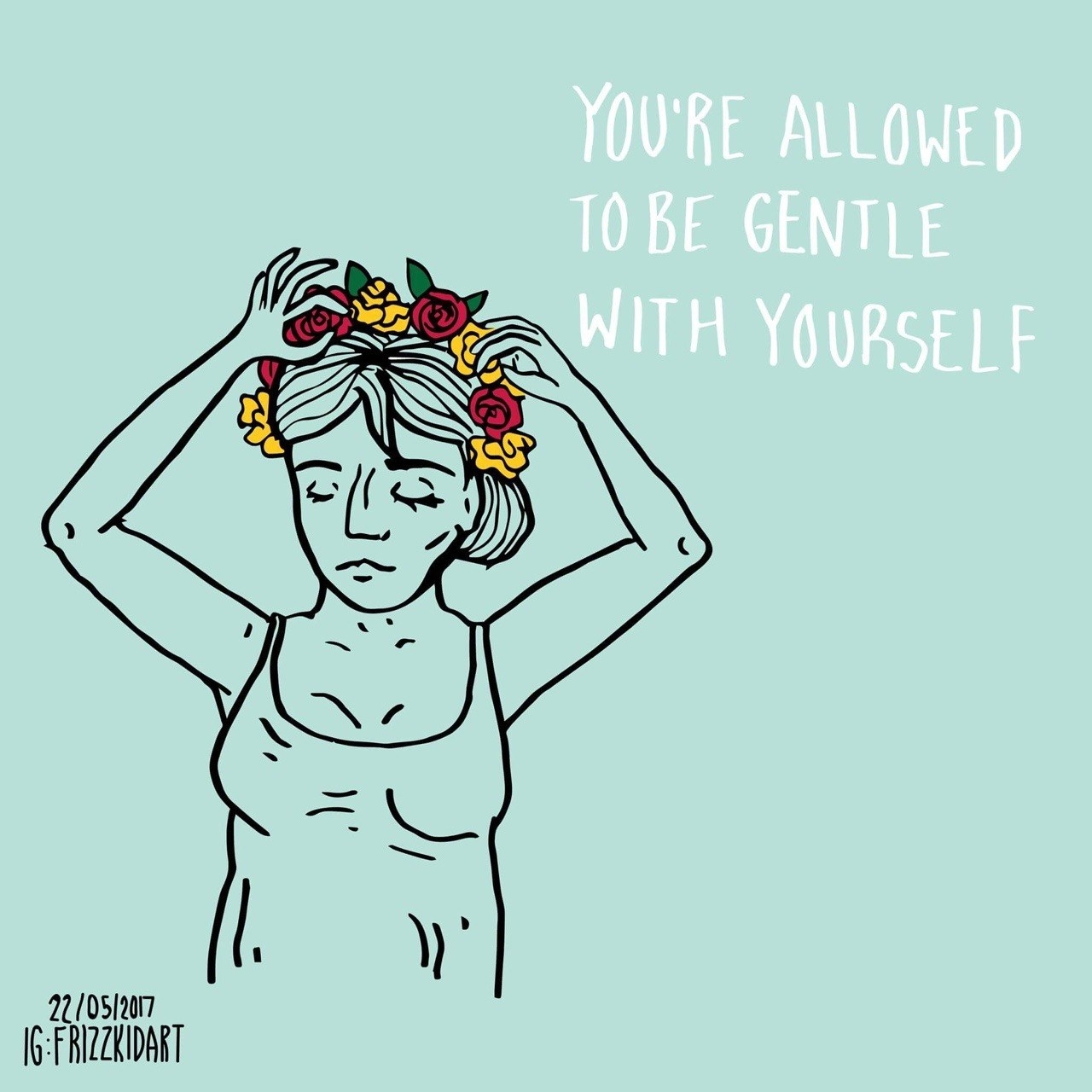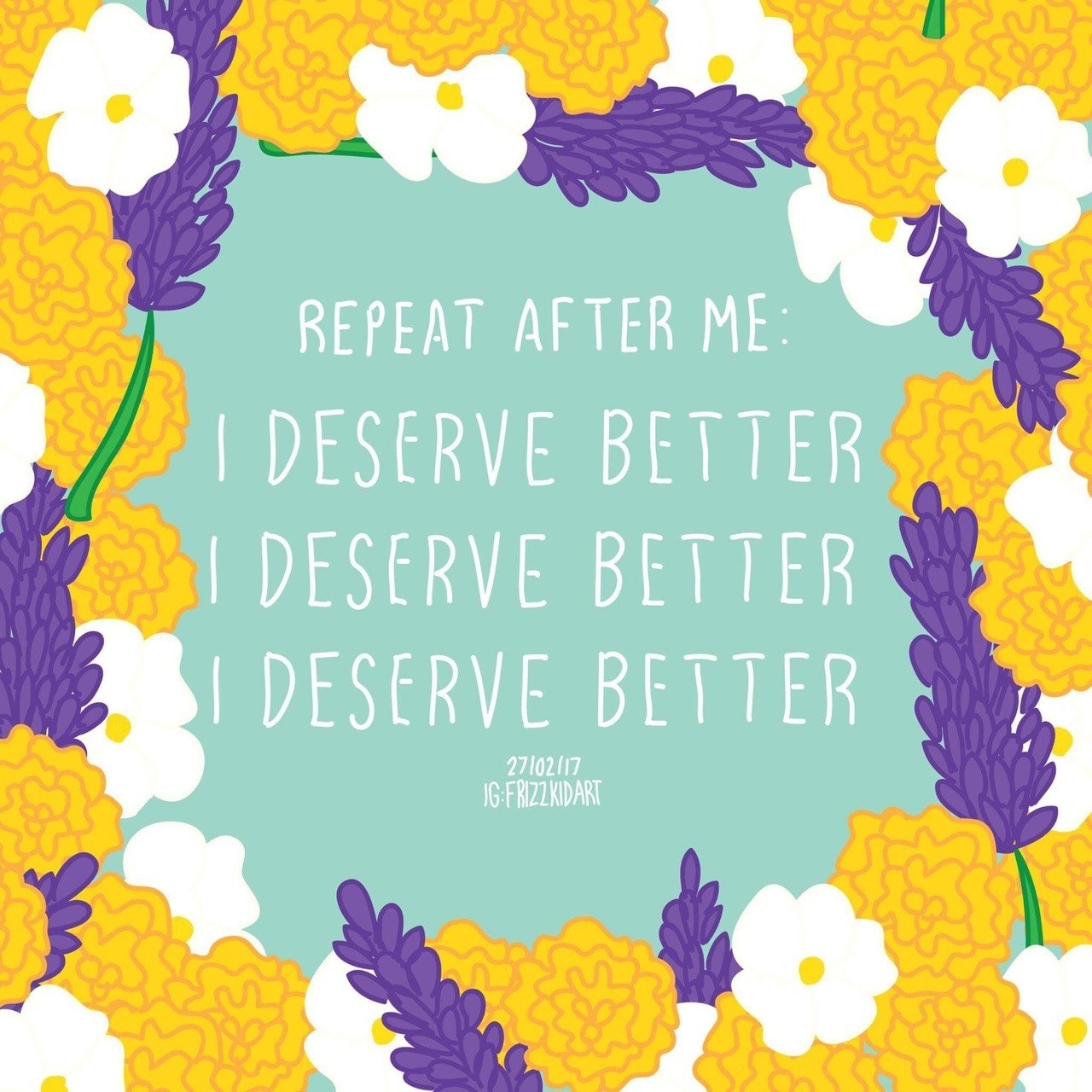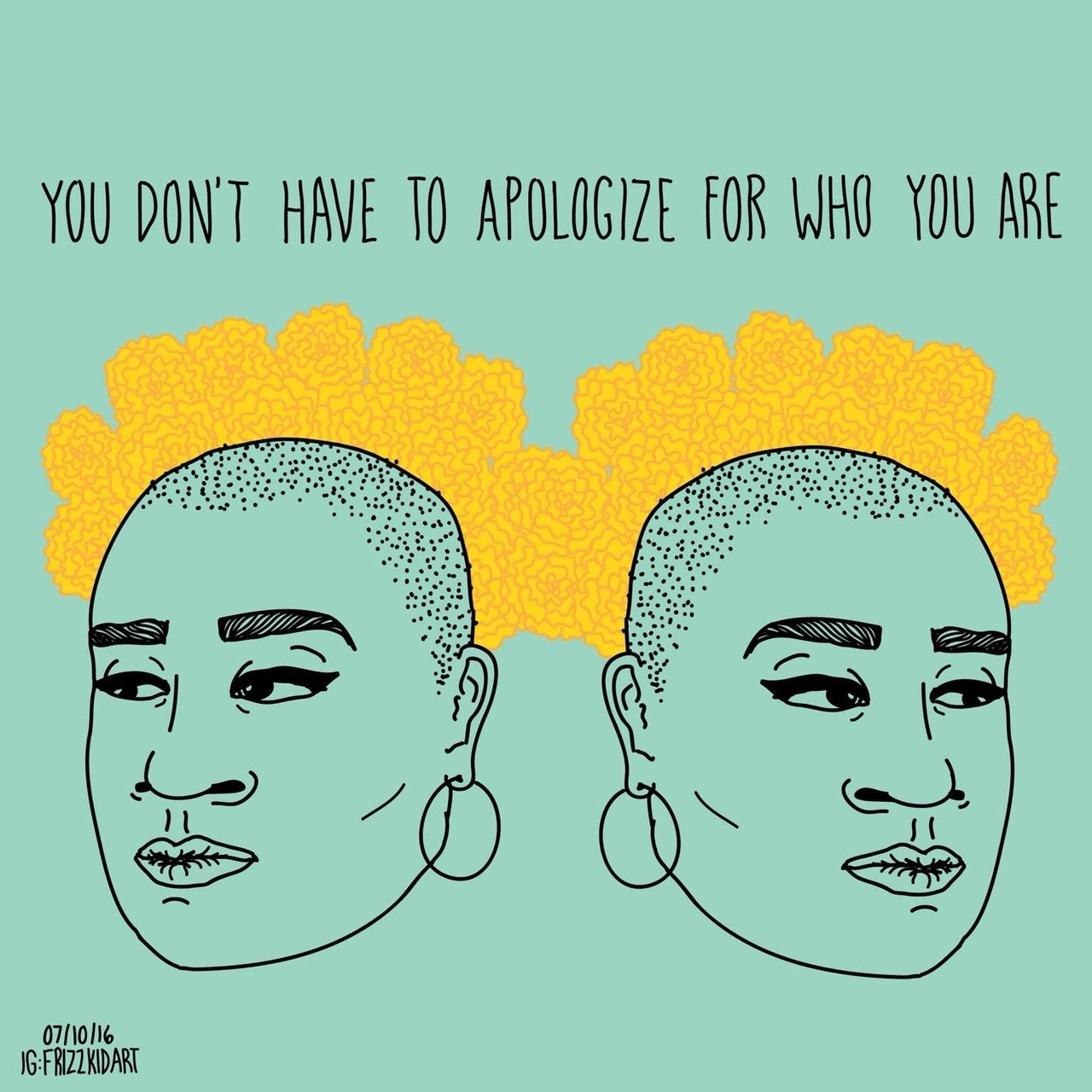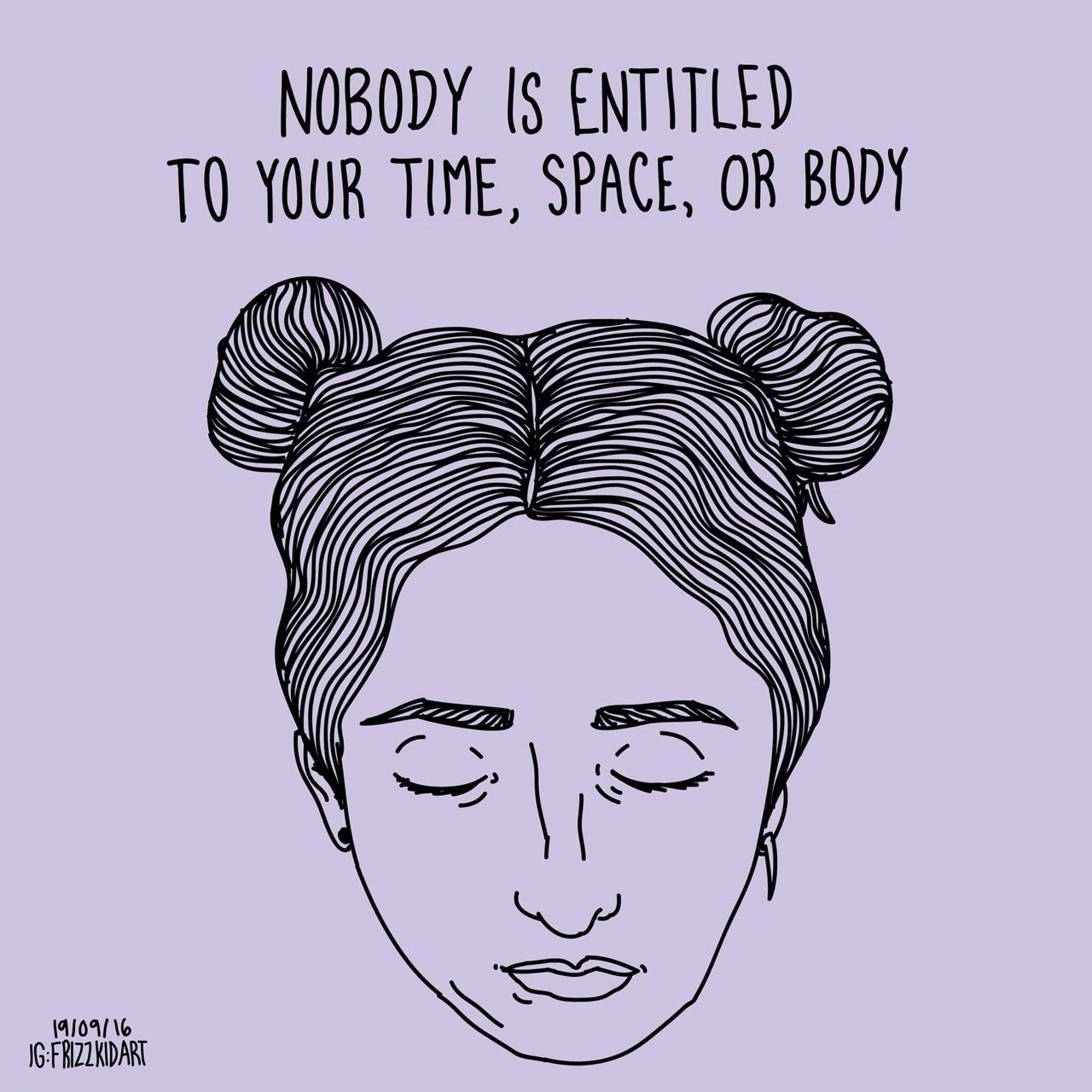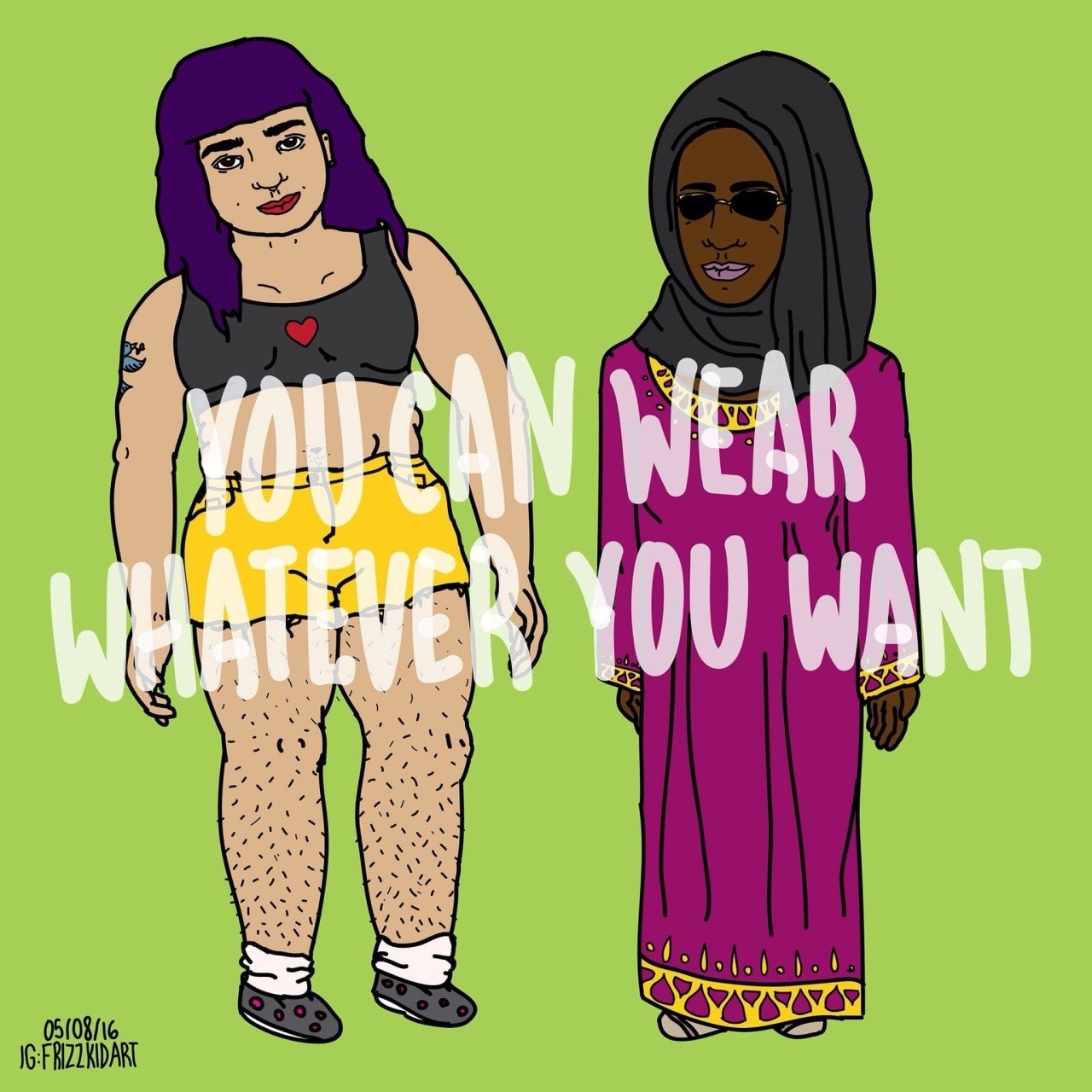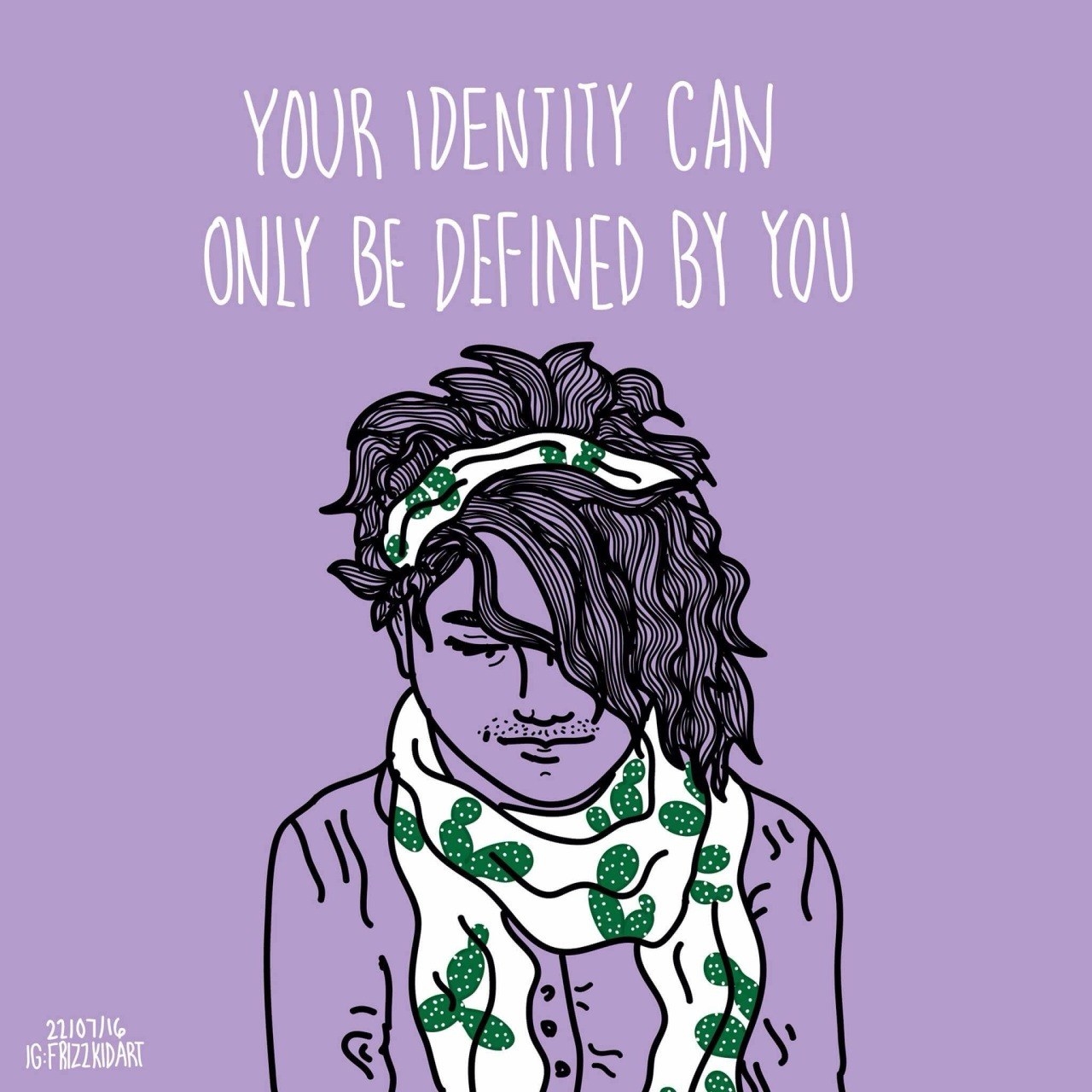The Best Movies About Mental Health
It’s becoming increasingly more common for Hollywood to highlight mental health conditions in films. Because mental illness affects millions of Americans, it’s an extremely relatable theme. Sometimes, these movies show mental illness in a way that is inaccurate or stigmatizing. For those in “the business” who don’t have lived experience, it can be difficult to depict.
However, there are some movies that realistically show what it’s like to experience mental illness. Here’s a list of a few movies that get it right.
 A Beautiful Mind (2001)
A Beautiful Mind (2001)
This movie, based on a true story, highlights the life of John Forbes Nash, Jr. (Russel Crow), a mathematical savant who lived with schizophrenia. The movie beautifully captures the challenges John faced throughout his life, including paranoia and delusions that altered his promising career and deeply affected his life. Through the magic of film, viewers can live John’s hallucinations with him, which feel as real to the audience as they did to him.
 Matchstick Men (2003)
Matchstick Men (2003)
Roy (Nicolas Cage) is a con artist working with his protégé to steal a lot of money. While he may be confident in his ability to steal from the rich, he struggles in other aspects of his life. His debilitating Obsessive-Compulsive Disorder (OCD), agoraphobia and panic attacks make it difficult for him to leave his apartment or even open a door. When he discovers he has a 14-year-old daughter, he’s forced to evaluate his career choices and isolated lifestyle. Matchstick Men is an honest depiction of the rituals and behaviors of someone living with OCD.
 It’s Kind Of A Funny Story (2010)
It’s Kind Of A Funny Story (2010)
You wouldn’t think a movie set in a mental health hospital could be a comedy. However, this well-crafted film tells the story of 16-year-old Craig (Keir Gilchrist) who checks himself into a psychiatric ward because of his depressionand suicidal ideation. He ends up staying in the adult unit because the youth wing is under renovation. The hospital is not a scary place and the patients are not portrayed as “mad” or “insane”—it’s a safe place where people struggling are getting help, and using humor as a relief from the serious conditions that brought them there. This Hollywood approach to a psychiatric unit may be more comical than any real-life scenario, but it helps normalize the fact that sometimes people need this level of care.
 Silver Linings Playbook (2012)
Silver Linings Playbook (2012)
After a stay in a mental health hospital, Pat Solatano (Bradley Cooper) is forced to move back in with his parents. His previously untreated symptoms of bipolar disorder caused him to lose both his wife and job, and he is determined to get his wife back. In his efforts, Pat meets Tiffany (Jennifer Lawrence), who offers to help him in exchange for Pat being her ballroom dance partner. Silver Linings Playbook represents the range of emotion that often occurs with bipolar disorder in a real and riveting way.
 The Perks Of Being A Wallflower (2012)
The Perks Of Being A Wallflower (2012)
Socially awkward Charlie (Logan Lerman) starts high school isolated and anxious. Luckily, he becomes friends with a group of charismatic seniors, including Sam (Emma Watson) and Patrick (Ezra Miller). His friends bring joy to his life, but his inner turmoil reaches a high when they prepare to leave for college. As the film goes on, we learn more about Charlie’s mental health journey—from his stay in a psychiatric hospital to the details of a childhood trauma. This coming-of-age movie does an exemplary job of showing the highs and lows of growing up with mental illness.
 The Skeleton Twins (2014)
The Skeleton Twins (2014)
The opening scene of Skeleton Twins shows the film’s main characters, Milo (Bill Hader) and Maggie (Kristen Wiig), both attempting suicide. Milo’s attempt lands him in the hospital, which reunites the brother and sister after 10 years of estrangement. Both characters express their depression in candid and humorous ways as they learn to accept each other and themselves.
 Infinitely Polar Bear (2015)
Infinitely Polar Bear (2015)
Cam (Mark Ruffalo), a father with bipolar disorder, becomes the sole caregiver for his two daughters while his wife (Zoe Saldana) goes away to graduate school. Throughout the movie, Cam faces many challenges that make it difficult for him to take care of his daughters. However, despite the severity of his condition (and some unique parenting methods that accompany it), Cam learns that he is a good father who cares deeply for his family. Infinitely Polar Bear is a very meaningful portrayal of how families can be impacted by mental illness.
 Welcome To Me (2015)
Welcome To Me (2015)
Alice (Kristen Wiig) has just decided to go off her medications for Borderline Personality Disorder (BPD) when she wins the lottery. She impulsively buys her own talk show with the money, in which she shares her opinions with the world. Although portrayed in a humorous way, Alice shows many of the traits of BPD, including mood swings and unstable relationships. As her behavior pushes away the people closest to her—including her therapist—she starts to take her mental health condition more seriously and works to keep her loved ones in her life. In the process, she falsifies the myth that a person with BPD is selfish.
 Inside Out (2015)
Inside Out (2015)
This quirky animation personifies the different emotions inside a young girl’s mind. Characters Joy, Sadness, Anger, Fear and Disgust try to help Riley through her family’s move to San Francisco. The emotions learn to work together to help Riley process the turmoil of adjusting to her new life. Inside Out is a clever, modern and well-made film that puts mental health into a new context.
Hopefully, as we continue to spread awareness and education, Hollywood will continue to make movies like the ones in this list that show what mental illness is really like.
By Laura Greenstein
https://www.nami.org/Blogs/NAMI-Blog/December-2017/The-Best-Movies-About-Mental-Health






